Legends in Lenses
How Eyewear Became Identity, Business, and Style All at Once
Steve Jobs turned a black turtleneck into genius. Carolina Herrera still makes a white shirt and pearls look like perfection. Anna Wintour’s bob? Less hairstyle, more boardroom strategy.
Not clothes. Signatures.
Not all signatures are chosen. Some find you in childhood. Mine showed up in third grade. Both my parents wore glasses, so I should have seen it coming. Still, I bawled in the eye doctor’s office, no idea what felt like a sentence would turn into the longest chapter of my style story.
Fate looks pretty good in frames. What felt tragic in third grade became my trademark. My constant, the thing I wear proudly. It’s in my email sign-off. It’s the logo of this Substack. And if I sneak to the bathroom without them, half my office wouldn’t recognize me.
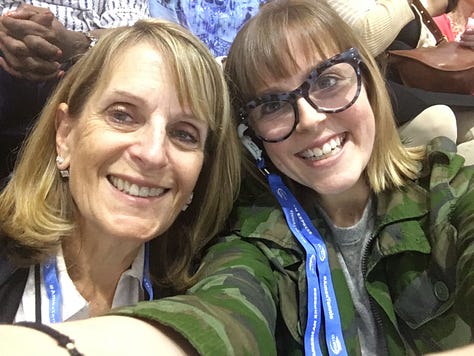
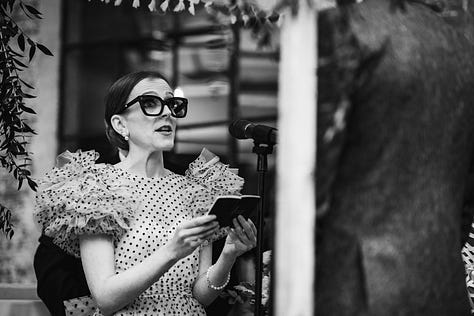


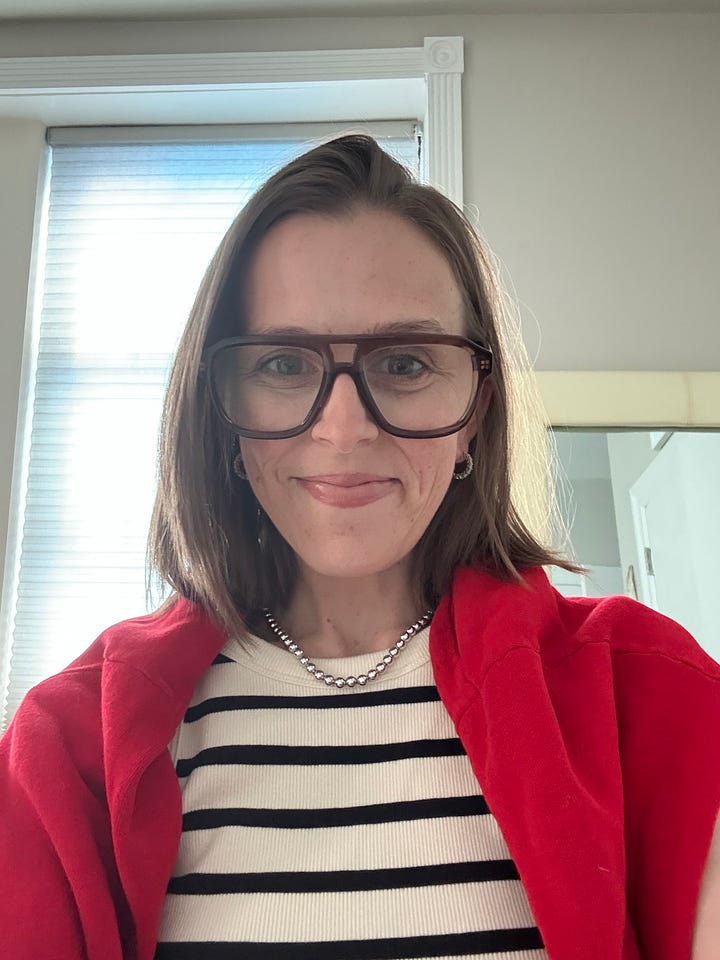
What feels personal is pure commerce. Eyewear is one of fashion’s steadiest categories where identity sells as easily as style.
Profits of Plastic
Eyewear has never just been about helping you see. It’s about helping you be seen, and brands know it. Frames aren’t just plastic and lenses. They’re billion-dollar licensing deals: one of retail’s steadiest growth engines.
Luxottica alone controls more than 30 brands, from Ray-Ban to Prada to Chanel. For many, a $450 pair of Saint Laurent sunglasses is the first step into luxury long before the $4,500 bag. At the same time, smaller players like Krewe, SEE, and Moscot thrive with scarcity and storytelling.
Then there’s Warby Parker, which started as a scrappy home try-on kit and is now opening stores faster than I can blink. Forty-five new doors in 2025 alone, past 300 already, with dreams of 900. Affordable frames, easy access, and even Target shop-in-shops. They’ve stretched beyond glasses into contacts and eye exams turning a niche disruptor into a full-service vision brand. No, they’re not Luxottica, but they’re definitely circling the playground.
Optical Illusions
Behind the business, the real story is style. Back then, my choices were slim: wire, plastic, pink, maybe tortoise if I was lucky. Now? Endless possibilities. Unlike sunglasses, which have long been runway props, opticals signal something different. They read as personality, not disguise. Designers are treating them less as accessories and more as character studies.
On the SS26 runways, Prada and Fendi leaned into oversized squares and aviators, Celine went clean with wire rims, Coach and TWP kept it casual with everyday specs, and Gucci, of course, went full maximalist with retro frames blown up until exaggeration became the point.
That’s the brilliance of eyewear. On the runway, it’s constant reinvention. Each season delivers a new silhouette, a new shape, another reason to refresh the walls.
Frame of Reference
Last week, my prescription changed (welcome to your 40s, kid). No tragedy this time. Just another chance to chase a new signature. A fresh pair doesn’t just sharpen your sight; it’s another chapter in the story of how you’re seen. I’m ready to claim a new look, and here are the frames all making me do a double-take.
Face Value
History proves I’m not alone. Elton John. Iris Apfel. Sally Jessy Raphael. Legends made in lenses. Eyewear doesn’t accessorize a face; it defines it. It’s proof that what starts as correction can end as character.
And for me, it’s the clearest signature I’ll ever have.


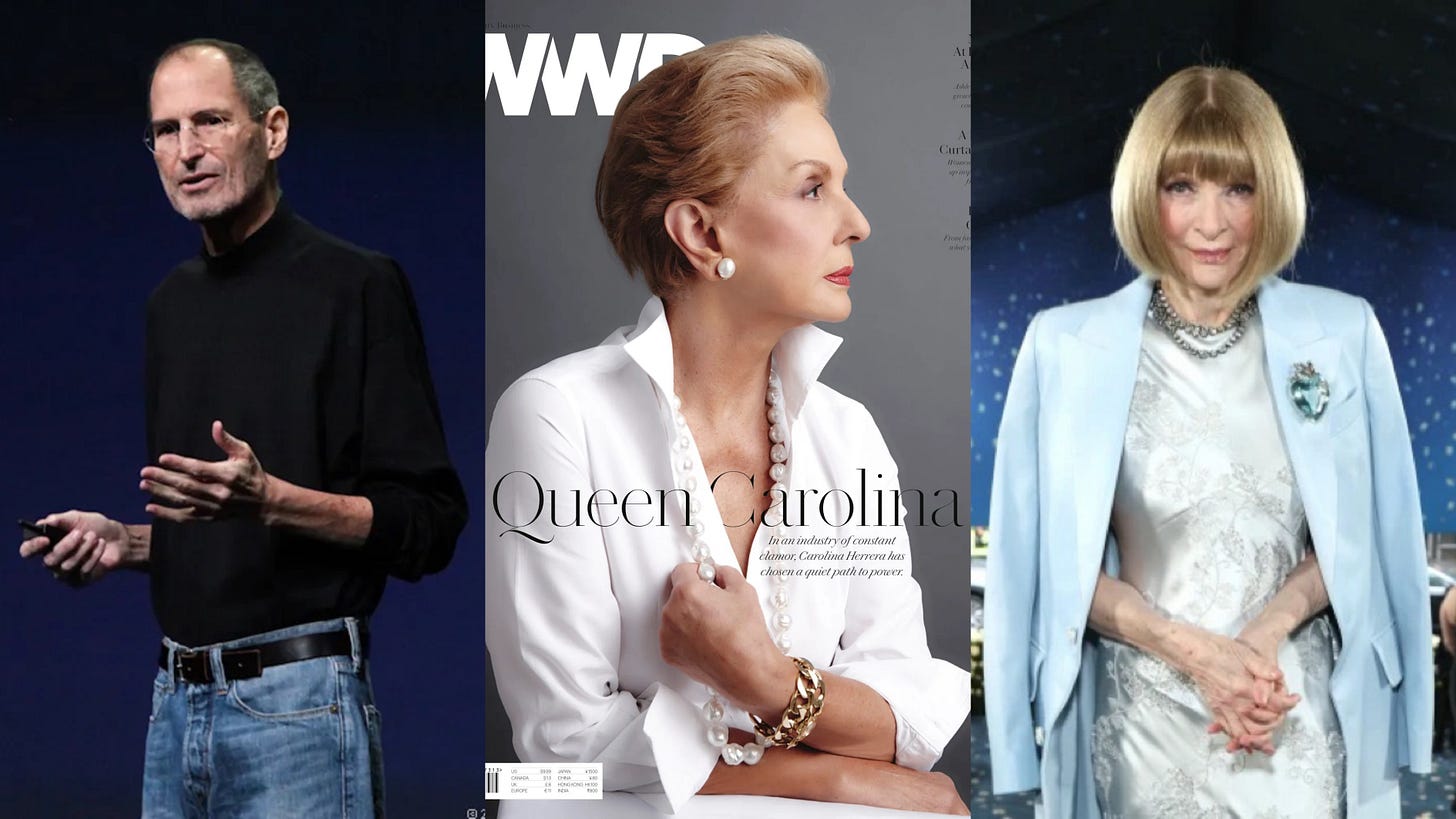
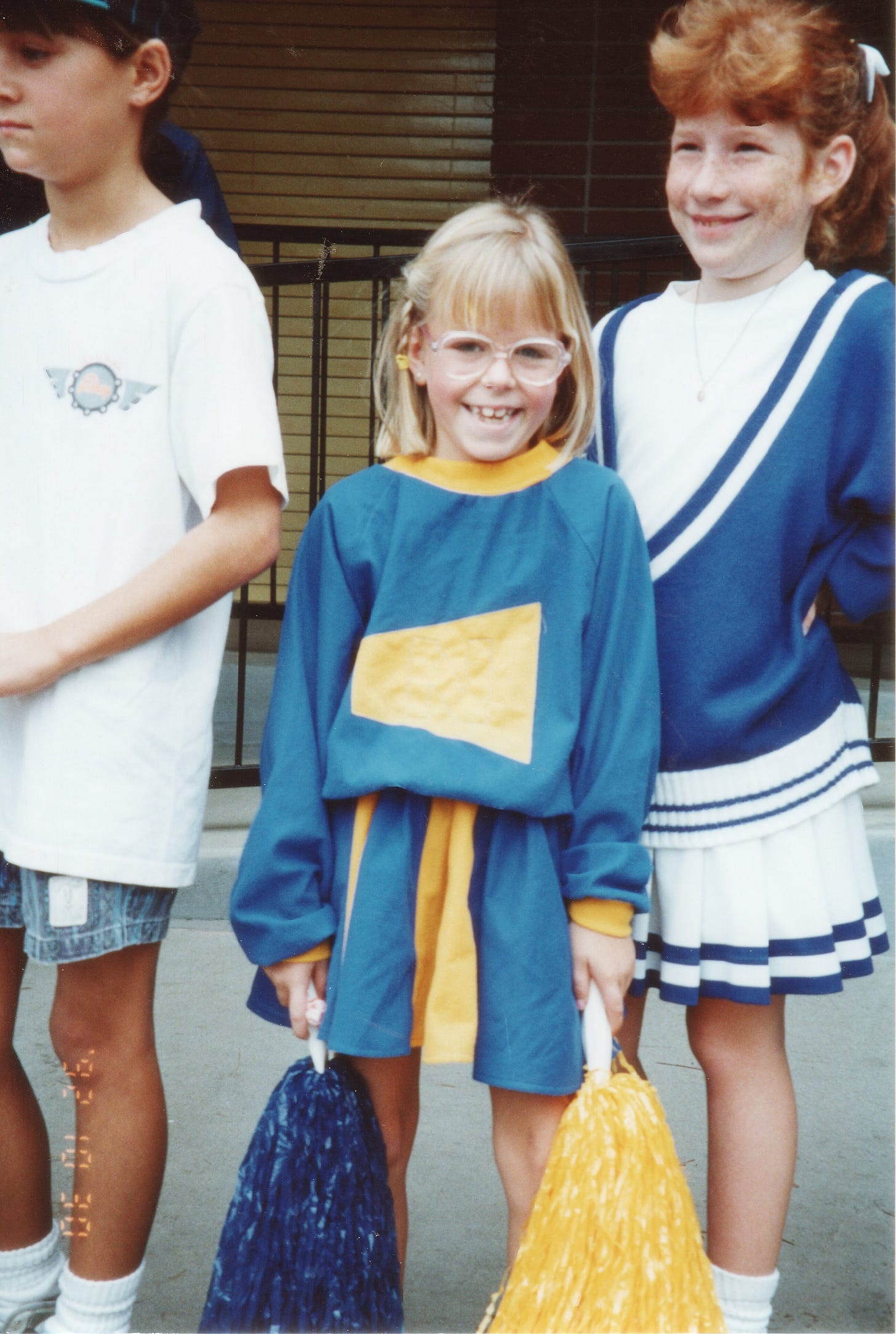


So excited to see which you choose!!! I’m partial to #10! Xx Lauren
Suggestions on where to shop for narrow frames for smaller heads?